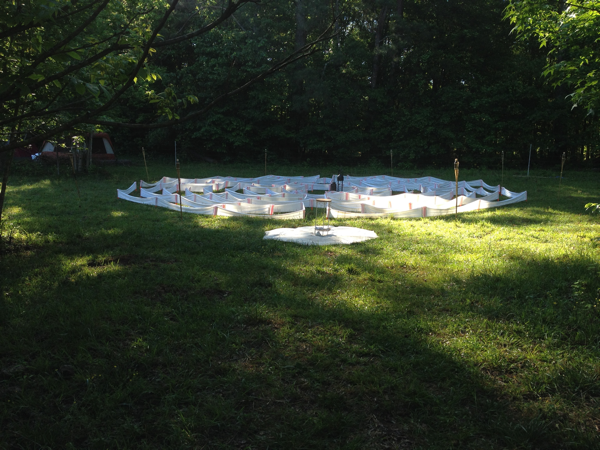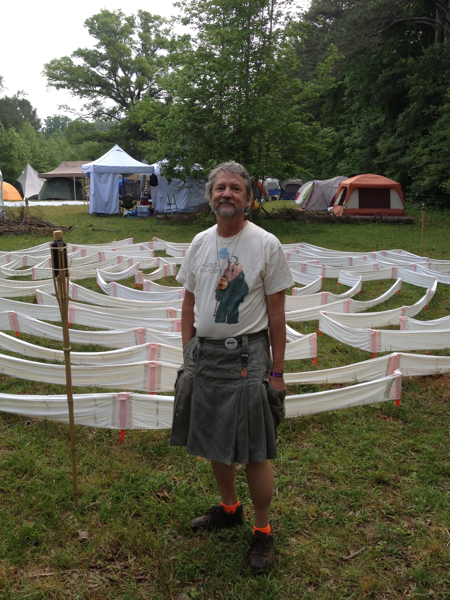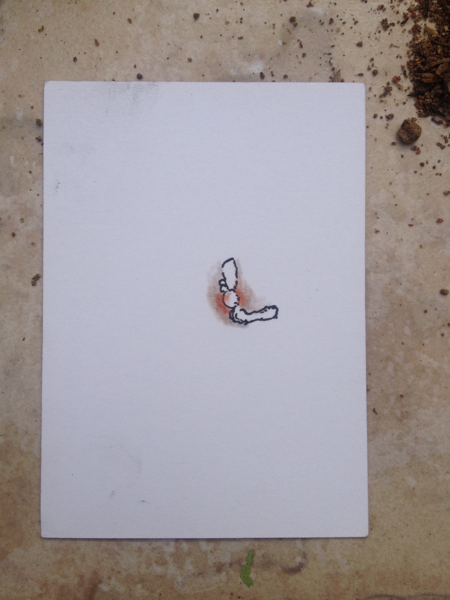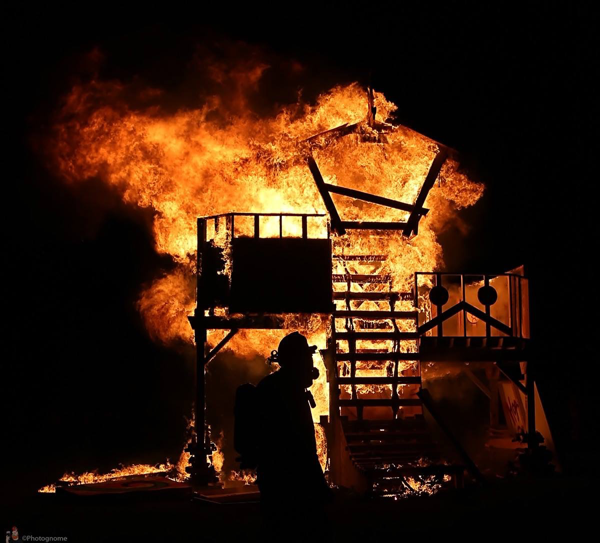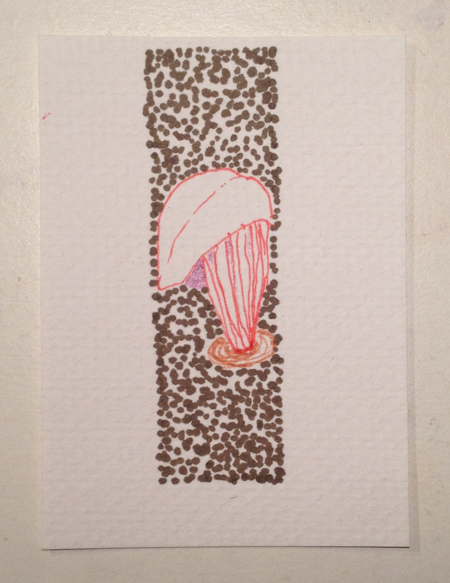You might have been expecting further posts about Lichtenbergianism: procrastination as a creative strategy, and you would be justified in thinking that surely I had either a) written more on the book itself; and/or b) whined my way further into The Essential Guide to Getting Your Book Published [EGGYBP].
However, I had a deadline, which I have met by ignoring all those other creative bits.

Miss Ella is a performer extraordinaire who hails from New Orleans.1 She was a chanteuse at her own nightclub, the Kingfisher Club, and was forced to flee back in 2005 during that “unfortunate storm,” as she refers to it. She managed to save her neon sign and her piano player and headed out into the world to share her gifts.
She herself was saved only through a miracle, and during the storm and ensuing events she found that she had been gifted with extraordinary shamanic powers, you guys, powers that she is now committed to using to the betterment of mankind. Plus the singing.
I cannot tell you how honored I was when she asked me to write an opening number for her act, one that would serve as an introduction and explanation for her beautiful, empowering story. I wrote one version for her, but she gently spurred me to try again2 and I’m glad she did, because this time I got it right.
When she told me last Friday that she had a show coming up and expressed a desire that the new version be in her hands STAT, I set to work. One never wants to disappoint Miss Ella.
Here then is “The Ballad of Miss Ella,” subtitled “The Spirit Is Coming in Me”: score [pdf] |
—————
1 Actually she’s from Pascagoula, MS, but she does not often refer to those early days.
2 I believe her exact words were, “Here’s a YouTube. I really like it, don’t you?“
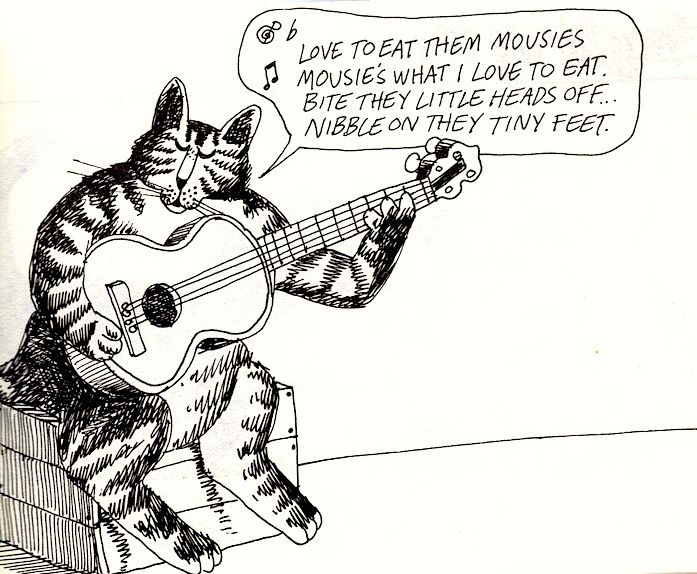
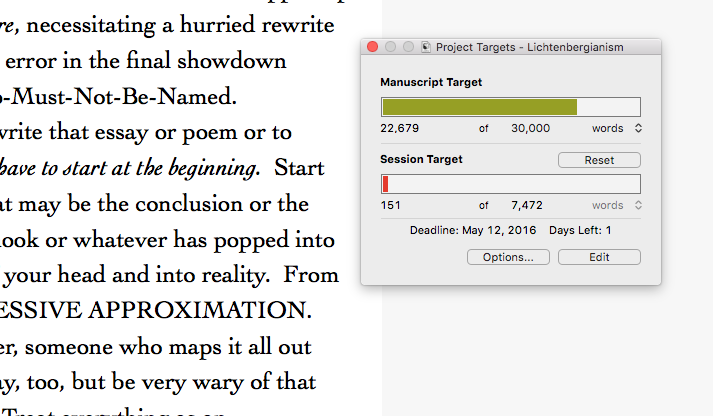
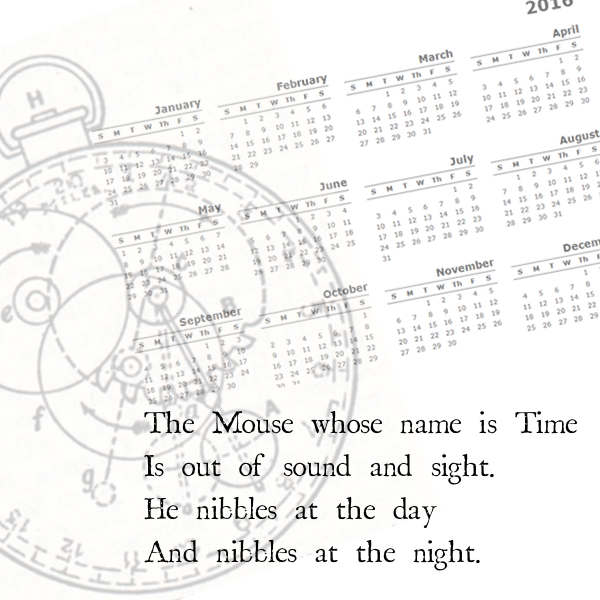
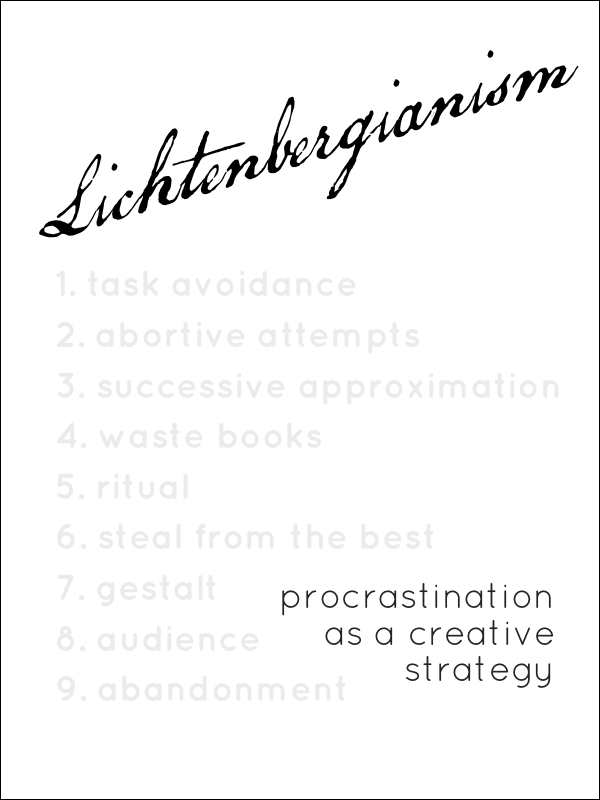 I will admit to having been told already that the title sucks and won’t survive an agent/editor/publisher. I will resist while I can, of course, because the whole core of the book is how the Lichtenbergians became more productive through the use of the Nine Precepts (although of course the Precepts are ex post facto developments).
I will admit to having been told already that the title sucks and won’t survive an agent/editor/publisher. I will resist while I can, of course, because the whole core of the book is how the Lichtenbergians became more productive through the use of the Nine Precepts (although of course the Precepts are ex post facto developments).